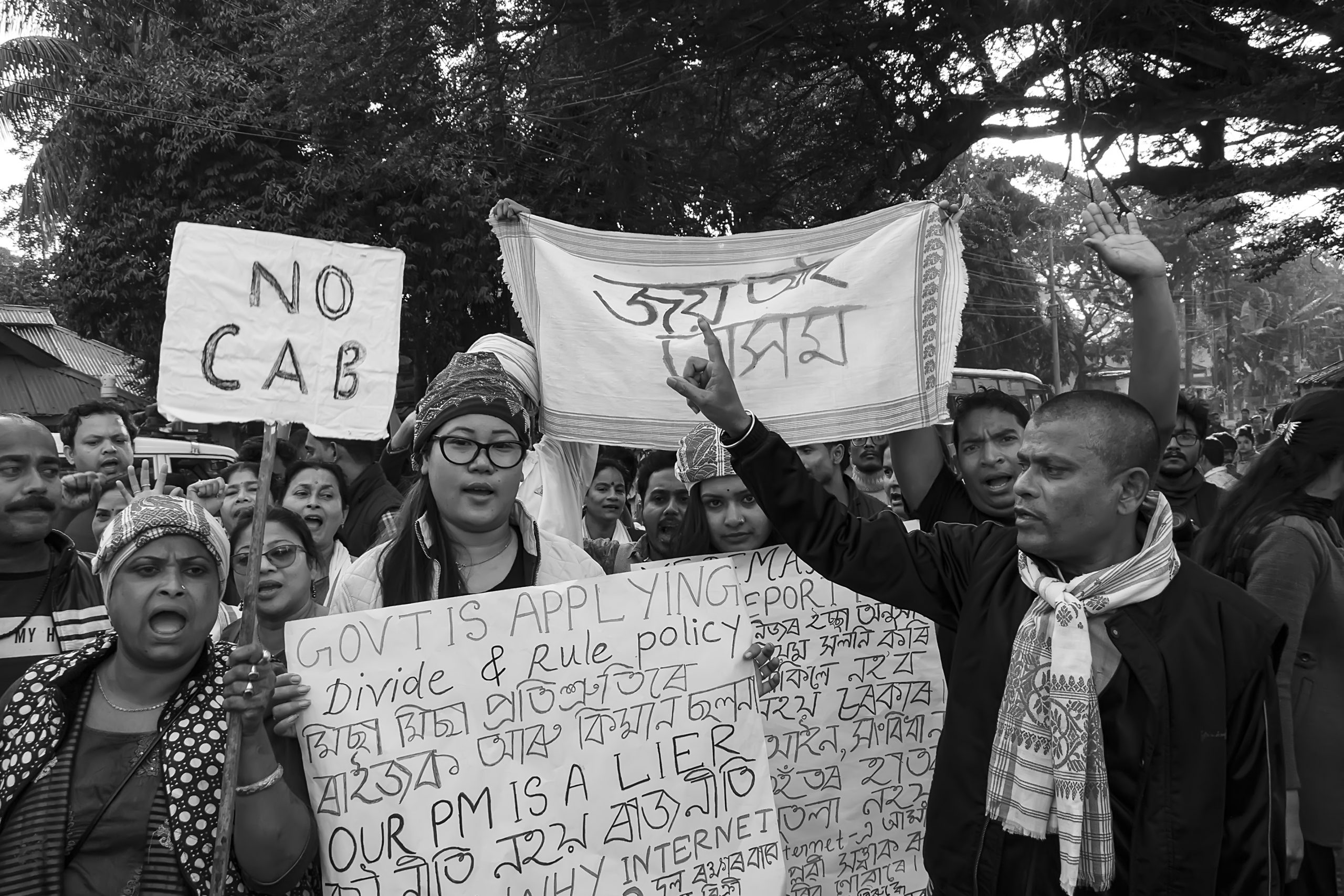
The farmer protests in India began in August 2020 in response to the passage of three controversial laws paving the way for free-market reform in the country’s agricultural sector. Though international attention to the issue has waned, the protests continue, and the government’s response highlights a worrying trend of democratic backsliding. Given this pattern of government action in recent years, what does the trajectory of democracy look like in India?
The farmer protests are the latest example of a series of government crackdowns on popular protest since Prime Minister Narendra Modi first took power in 2014. In the last six months, the government has restricted internet access in certain areas, set up barricades to prevent protesters from assembling, and pressured Indian celebrities to speak out against the demonstrations. For many, the response has confirmed fears, which have grown since Modi’s tenure began, that India is moving towards a less democratic system.
These fears were particularly exacerbated and gained international traction following the passage of the Citizenship Amendment Act (CAA) in 2019. The CAA established a pathway to Indian citizenship for persecuted religious minorities — Hindus, Sikhs, Buddhists, Jains, Parsis, and Christians — from Afghanistan, Bangladesh, and Pakistan who had arrived in India prior to 2015. It notably excluded this pathway for Muslim immigrants and for religious minorities from other regions. The Office of the UN High Commissioner for Human Rights (OHCHR) criticized the bill as “fundamentally discriminatory.” Many Indians as well as people in the international community have expressed concerns about the Hindu nationalist sentiments it espoused, the culmination of a distressing ideological trend in Indian politics.
The passage of the CAA sparked national outrage, with thousands of university students protesting across the country. These were met with a strict police crackdown and the arrest of protesters, some of whom were detained under the Unlawful Activities (Prevention) Act, an anti-terror law known for its harsh bail provisions. The OHCHR noted that protesters, “many of them students, [appeared] to have been arrested simply because they exercised their right to denounce and protest against the CAA.”
The recent trends, both of promoting nationalist sentiment and harshly restricting rights to assemble and protest, are concerning for the future of democracy in India. According to the Economist Intelligence Unit’s Democracy Index, India has long ranked as a flawed democracy. However, the country had been steadily improving until 2014, Modi’s first year of office, after which it has fallen on the index every year. Today, India ranks especially low on indices of political culture and civil liberties.
Problems of democratic backsliding have also been exacerbated by the COVID-19 pandemic. The Swedish V-Dem Institute has noted the prevalence of ‘pandemic backsliding’ in India, with COVID-19 measures being used to limit the power of the legislature. For instance, the government deemed virtual parliamentary sessions a security risk and therefore, in the wake of the COVID-19 lockdown, various government orders were issued without any legislative consultation. For the Institute, this trend along with others has been enough to warrant India’s recategorization as an ‘electoral autocracy.’
The future of democracy in India is threatened by both past trends of the Modi government and its more recent efforts to consolidate power. Can these problems be reversed to safeguard Indian democracy, or are they indicative of an inevitable future?
According to Professors David Waldner and Ellen Lust, there are several families of theories which describe the origins of democratic backsliding: political culture, institutions, social structure and coalitions, the economy, international factors. Perhaps the most immediately appealing explanations in the case of India are the agency-based theories, which “place the explanatory burden on contingent decisions made by political actors under relatively unconstrained conditions.” In effect, these theories frame Modi as the principal problem. However, Waldner and Lust argue that only a coalitional approach that merges all of these ideas can explain the root of democratic backsliding.
This array of factors complicates efforts to address such problems in India. Harsh government responses to protest clearly threaten citizens’ resistance to democratic backsliding. Additionally, the rise of populism in India, expressed by the passage of the CAA and the rise of Hindu nationalist ideology, challenges notions of popular resistance and democratic pluralism.
Other avenues of resistance through some of India’s political institutions appear to be similarly unreliable. For instance, the Indian Supreme Court, long considered a defender of human rights and democracy, has recently shown an increased subservience to the central government. According to Prashant Bhushan, one of India’s leading public lawyers, the Court has been effectively “locked down,” especially since the beginning of the COVID-19 pandemic.
The federal structure of India, another avenue for resistance to and autonomy from the Modi government, is also under attack. For instance, the Government of National Capital Territory of Delhi (GNCTD) Amendment Bill, passed on March 24th, significantly increases the powers of the lieutenant governor of Delhi, who is appointed by the President, at the expense of the elected assembly. This weakens the power of the state government of Delhi by, among other things, requiring that the Delhi government seek the opinion of the lieutenant governor before taking any executive action.
The future of democracy in India is undeniably bleak. The political institutions that aim to keep the central government in check seem to be failing, the freedom to protest in response to government action is under threat, and populist sentiments are on the rise. This all suggests that democratic backsliding will be difficult to reverse. While it is impossible to predict the trajectory of Indian democracy with certainty, for now the system is under major threat, and it seems unlikely that this trend will be reversed anytime soon.
Edited by Neelesh Thakur.
The opinions expressed in this article are solely those of the author and they do not reflect the position of the McGill Journal of Political Studies or the Political Science Students’ Association.
Featured image by Dr. Vikramjit Kakati and obtained via Wikimedia Commons under a CC BY-SA 4.0 license.